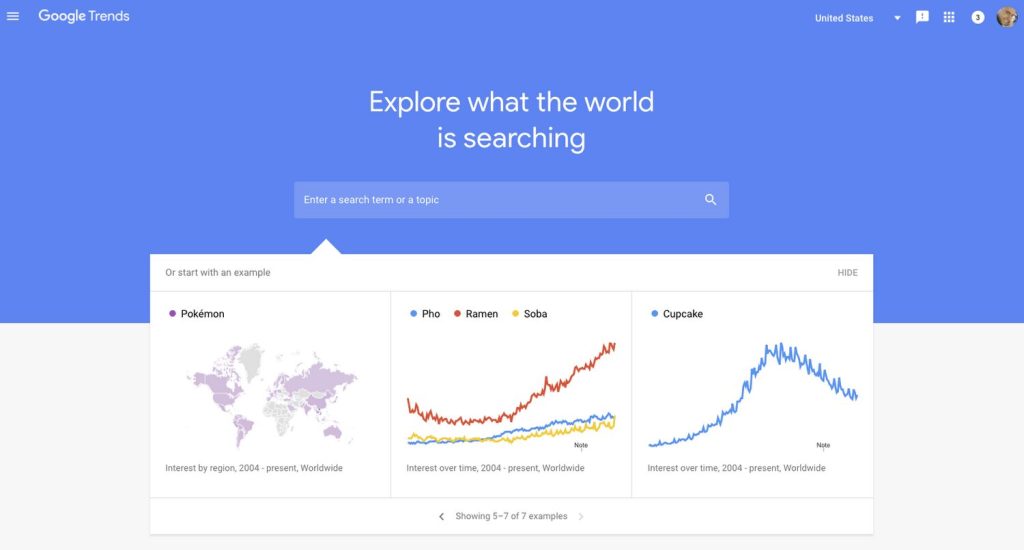How your business is perceived online matters — a lot.
Lack of trust in your brand can tank every marketing and sales metric that matters, from traffic on your website to conversions and purchases. With 80% of consumers ranking trust as a top factor in purchasing decisions, brands can’t afford to have a bad reputation.
Unfortunately, you’re not the only one talking about your brand online, and what other people say matters a lot too. Almost 100% of consumers — 99.9% — say they read reviews before shopping, and more than 95% say they specifically look for negative reviews to understand the overall reputation of a product or business.
? Read Brand Reputation 101: Monitoring, Analysis, and Management Tools
You can’t control what people say about your brand, but you can take ownership of your own content marketing, using it to respond to negative claims and rebuild your brand reputation in the face of public relations issues or online critics. Keep reading to discover seven ways content marketing can help you recover your brand reputation.
1. Respond to Negative Claims
One of the most important tenets of public and media relations is that you want to take control of the story whenever possible. When others are making negative claims about you online, they’re trying to take control of the narrative about your brand. Responding to these claims in the most appropriate way given your brand voice and audience preferences helps you maintain control.
Some ways to respond to negative claims include:
- Responding to reviews directly. Google and other review sites allow you to respond to reviews left by customers. If someone leaves a negative review, this option lets you tell your side of the story. Do so with grace and tact.
- Post on social media. You can use your social media platform to respond to negative claims, particularly those that are widespread on social media. Again, use tact and grace to set the record straight, and try to avoid attacking the people making the claims.
- Create responsive content on your website. Acknowledge the claims and write a rebuttal in a blog post. This can be a great way to address negative claims in a complex situation that requires longer storytelling than is possible on social media.
Read 5 Key Steps in Brand Reputation Measurement

2. Engage With Loyal Customers
Chances are you have some highly loyal customers who will stick with you through the strongest of PR storms. These customers might even sustain your business as you work to recover your brand reputation, so it’s important to continue using your content marketing to engage with them. Keep providing the helpful, relevant content they’ve come to expect from your brand, and offer rewards when applicable to thank these customers for their loyalty.
3. Ask Your Audience for Help
Use content marketing to activate your loyal audience members. Consumers who trust and appreciate a brand are often very willing to take action to support that brand, but they don’t always know what you need. Here are some ways you can activate your audience to help recover your brand reputation:
- Ask for reviews. Often, the most vocal voices are the negative ones. You may have 100 delighted customers, but it’s the one unsatisfied person who leaves a public review. Let your customer base know you need help and that they can support you by leaving reviews if they were happy with your goods or services.
- Ask them to share your content. When people share your content online, it’s a vote of confidence in your content and your brand. If you’re writing high-quality, helpful blog posts on your website and lots of people are sharing them, that increases positive awareness of your brand, which can help with your reputation.
- Ask for feedback. Leverage your email list to ask customers for real feedback about your business or products so you know what you can improve on to recover your brand reputation.
Read Reputation Research: Importance, Benefits and Tools

4. Build — or Rebuild — Trust With Consistency
One of the most important factors in content marketing is consistency. Consumers expect you to stay true to your mission, vision, values and brand voice when publishing content — and that’s even more important in the face of negative claims or an attack on your brand.
It’s tempting to hop on whatever is trending and try to go viral, especially on social media. But hopping from trend to trend with your content marketing creates inconsistencies that erode trust. Instead, keep your brand and your audience’s needs in mind when creating content of any type.
You should also consider your publishing schedule. If you publish a blog post every Tuesday, for example, your audience comes to rely on that consistency — even subconsciously. If you suddenly ghost your audience for a few weeks, they may notice — again, even if it’s subconsciously. That inconsistency can reduce the overall trust you’ve built for your brand with content marketing.
Think about it like this: If you can’t be trusted to show up and post according to the expectations you set previously, how can consumers trust you with their money when it’s time to make a purchase?
Read 9 Marketing Assets that Every Company Should Have
5. Get a Rep Boost From Google
Google works hard to provide results to searchers that are high quality, comprehensive and relevant to the search phrases. Many individuals have a high level of trust in the search engine, so pages that show up in the top few organic search results are automatically deemed somewhat trustworthy.
Obviously, you have to follow through on such promises and provide users what they need when they get to your page. However, ranking on page one — or, even better, in the top three organic results — for relevant searches can help improve awareness and the overall image of your brand.
One of the best ways to try to increase your page rank is by creating content with high levels of E-E-A-T — that’s a Google acronym for Experience, Expertise, Authority and Trust. Content writing services that connect you with experienced SEO content writers can help you achieve such results.
Read How to Create a Brand Positioning Map

6. Humanize Your Story Via Transparency
No person or brand is perfect, and there are certainly times when a brand’s reputation woes are founded in unfortunate truths. If your business made a mistake, launched a product that didn’t quite meet expectations or was caught up in a CEO’s personal scandal, you might consider using content marketing to humanize the story. Tell it with transparency and professionalism that positions your brand as authentic. Being imperfect but authentic can go a long way in improving how consumers see your business.
7. Continue Monitoring Your Online Reputation
Reputation management is never a one-and-done effort. Once you’ve taken control of the narrative and started to steer your brand ship into calmer waters, ensure you have the tools in place for ongoing brand reputation monitoring. A proactive approach is typically best, and when you keep an eye on your brand rep, you can step in with content marketing and other tools to stave off PR issues before they become crises.

To Conlude
Content marketing can be a powerful tool for rebuilding a brand’s reputation. By creating valuable, informative, and engaging content, businesses can establish themselves as thought leaders in their industry, build trust with their audience, and ultimately win back the loyalty and respect of customers. From focusing on SEO and social media to leveraging user-generated content and storytelling, there are many ways to use content marketing to recover your brand’s reputation. By investing in a strategic content marketing strategy, businesses can not only repair their reputation but also drive growth and success in the long run.






